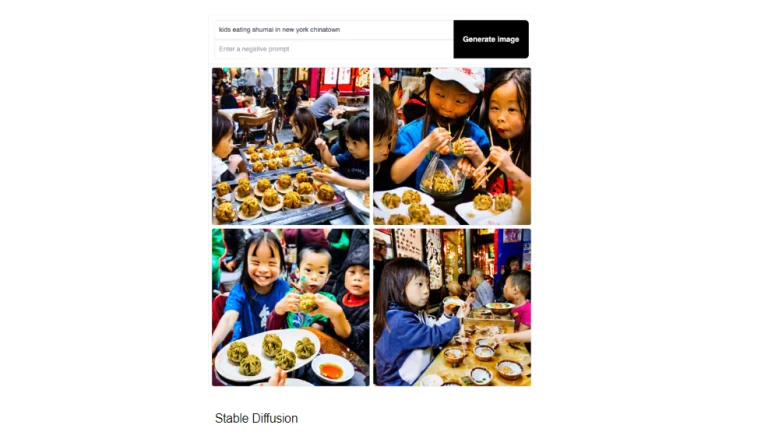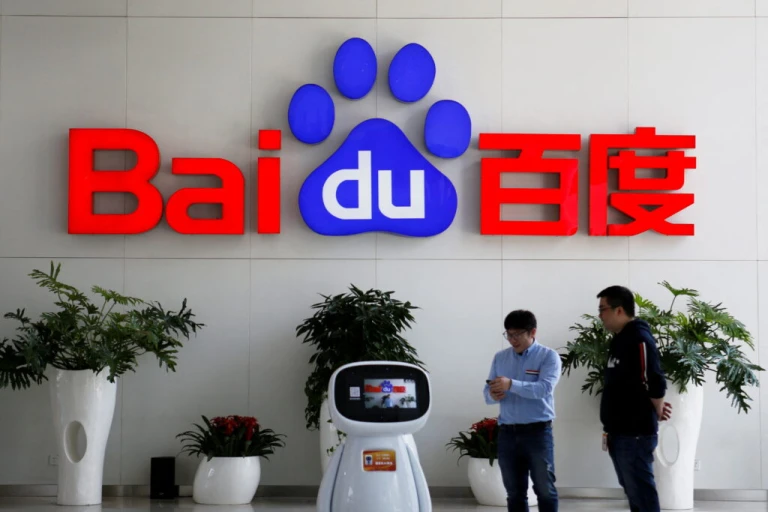How China is building a Generative AI Universe

Everyone is thrilled about the future of AI because of the enormous technological advancement that machine learning models have demonstrated in recent months. They are also concerned about its unfavorable effects. However, China is building a parallel Generative AI Universe.
The potential of ChatGPT to hold intelligent conversations has been the new focus in industries across the board after text-to-image solutions from Stability AI and OpenAI became the buzz of the town.
China and Generative AI
Entrepreneurs, researchers, and investors are seeking methods to make a difference in the generative AI sector in China. The tech community in China has historically carefully followed developments in the West. In order to draw in consumer and business clients, IT companies are developing solutions based on open-source models. People are profiting from material produced by AI. Regulators have moved swiftly to outline appropriate uses for text, image, and video synthesis. Concerns about China’s ability to keep up with AI advancement are being raised in the meantime by U.S. tech restrictions.
Let’s look at how this explosive technology is developing in China as generative AI sweeps the globe by the end of 2022.
Growth of Generative AI
Generative AI is becoming a hot topic, because to popular art production platforms like Stable Diffusion and DALL-E 2. Chinese IT firms have charmed the public with their identical products halfway over the world, adding a twist to fit the nation’s tastes and political environment.
The 10-billion parameter ERNIE-ViLG model is run by Baidu, a search engine pioneer that has recently stepped up its game in autonomous driving. It was trained using a dataset of 145 million Chinese image-text pairs. How does it compare to the American version? The findings from Stable Diffusion’s response to the query “kids eating shumai in New York Chinatown” are shown below. They are along with the same prompt in Chinese () for ERNIE-ViLG.

Although Stable Diffusion perfects the ambiance of a Chinatown dim sum restaurant, its shumai is flawed. While ERNIE-ViLG does produce a form of shumai, it’s a variation that’s more frequently found in eastern China than the Cantonese variety.
The quick test illustrates how difficult it is to capture cultural nuances when the data sets used are inherently biased. Assuming Stable Diffusion would have more information on the Chinese diaspora. Additionally, ERNIE-ViLG is likely trained on a wider range of shumai images that are more uncommon outside of China.

Tencent’s Different Dimension Me, which can transform images of people into anime characters, is another popular Chinese tool. The bias of the AI generator is evident. Despite being targeted at Chinese consumers, it unexpectedly gained popularity in other anime-loving continents like South America. Users quickly noticed, however, that the platform’s failure to recognise black and plus-size people—groups that are conspicuously absent from Japanese anime—led to offensive AI-generated results.
Rules of AI
China’s generative AI technologies are influenced by local legislation in addition to the domestic data they use to train. Baidu’s text-to-image technology removes politically sensitive phrases, as MIT Technology Review noted. Given that internet filtering has long been a common practise in China, that is to be expected.
The government’s recent regulatory actions against “deep synthesis tech,” which is defined as “technology that combines deep learning, virtual reality, and other synthesis algorithms to generate text, images, audio, video, and virtual scenes,” are increasingly significant for the future of the young field.
Before utilising generative AI apps, users in China are required to verify their names. This is similar to other online services like social media and games.
On the plus side, these regulations may encourage more responsible usage of generative AI. This is already being misused to produce NSFW and sexist content in other places. For instance, Chinese law expressly forbids the production and dissemination of false information produced by artificial intelligence. However, it is up to the service providers to determine how that will be carried out.
Monetizing AI
Many people in China are using machine learning algorithms to earn money in a variety of ways as artists worry about being overtaken by sophisticated AI. They don’t belong to the technologically aware crowd. However, they are most likely opportunists or stay-at-home mothers seeking a second source of money. They understand that by making their prompts better, they may deceive AI into producing imaginative emojis or beautiful wallpapers. These they can then publish on social media to generate ad revenues or outright charge for downloads. Those who are extremely good also sell their suggestions to others who want to play the money game, or even train others to use them for a price.
Challenges Ahead
Chinese tech companies could not have the greatest equipment even when they wish to invest in training massive neural networks. The U.S. government imposed export restrictions on high-end AI processors on China in September. While many Chinese AI startups are concentrated on the application side and do not require high-performance semiconductors that can handle oceans of data. He claimed that the good news is that these penalties are incentivizing China to make long-term investments in cutting-edge technologies.
According to Dou Shen, executive vice president and head of the AI Cloud Group at Baidu, which calls itself a leader in China’s AI market, the impact of U.S. semiconductor sanctions on the company’s AI business is “minimal” both in the short and long terms. This is so that “a big chunk” of Baidu’s AI cloud business “does not rely too much on the highly advanced CPUs,” according to the report. Additionally, it has “already stockpiled enough in hand.
Follow us on Instagram: @niftyzone









